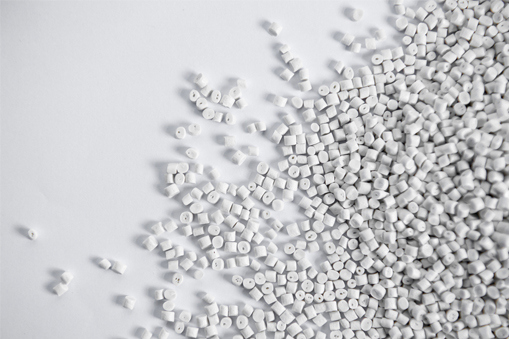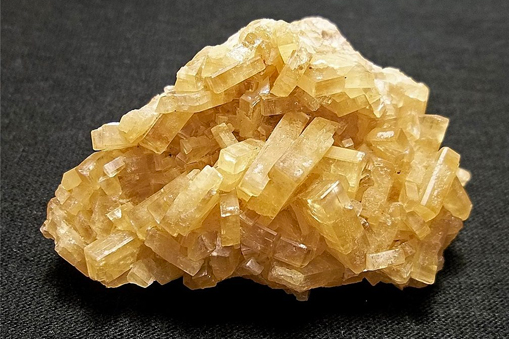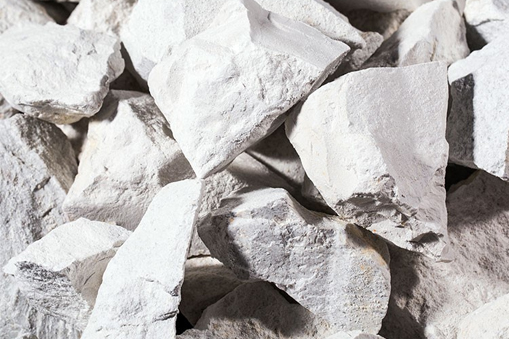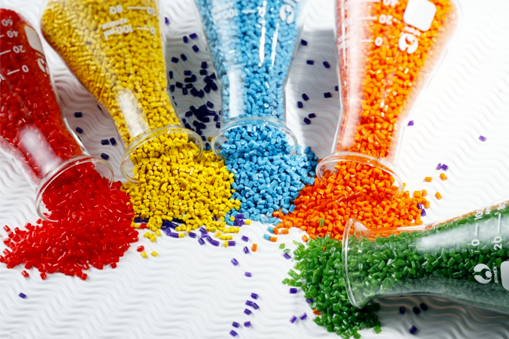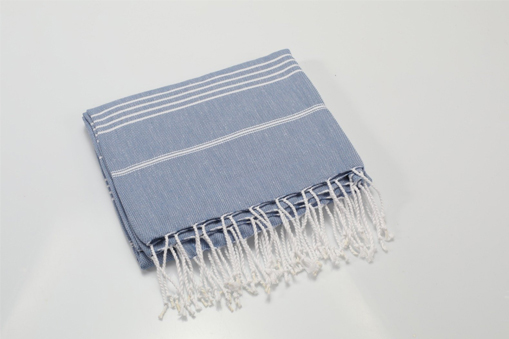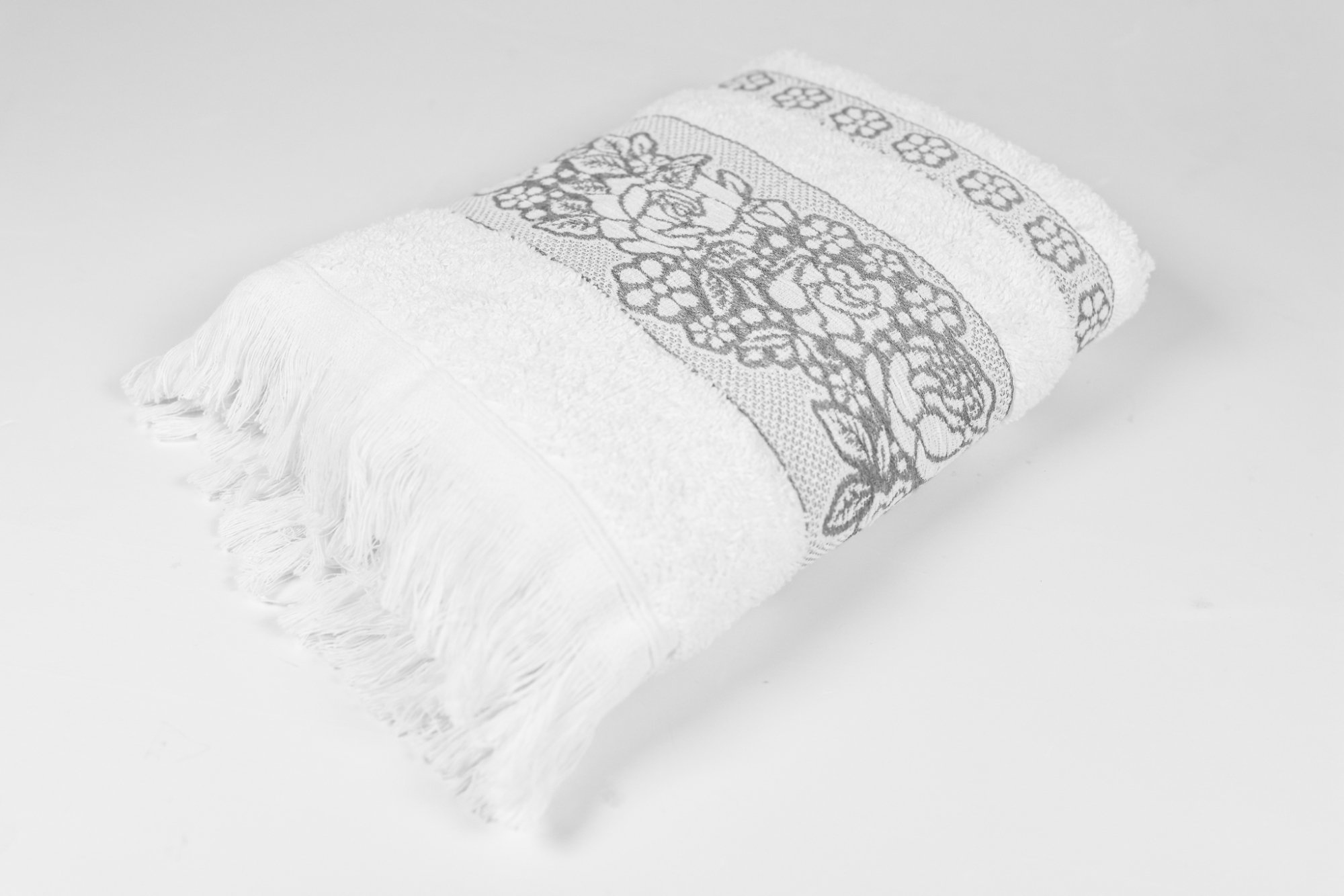Talc is a hydrated magnesium silicate mineral with the chemical formula Mg3Si4O10(OH)2. Although the composition of talc typically remains close to this generalized formula, some substitution occurs. Small amounts of Al or Ti can replace Si; Fe, Mn, and Al can substitute for Mg in small quantities; and very small amounts of Ca can replace Mg.
When large amounts of Fe replace Mg, the mineral is known as minnesotaite. When large amounts of Al replace Mg, the mineral is known as pyrophyllite.
Talc is typically green, white, gray, brown, or colorless. It is a semi-transparent mineral with a pearly luster. It is known to be the softest mineral, with a hardness of 1 on the Mohs hardness scale.
Talc is a monoclinic mineral with a layered structure similar to micas. Talc has a perfect cleavage along planes of weakly bonded layers, which slide easily over one another held together by van der Waals bonds. This property is responsible for talc’s extreme softness, its greasy, soapy feel, and its value as a high-temperature lubricant.
Talc is used in various industries such as paint, paper, food, ceramics, plastics, and cosmetics.

